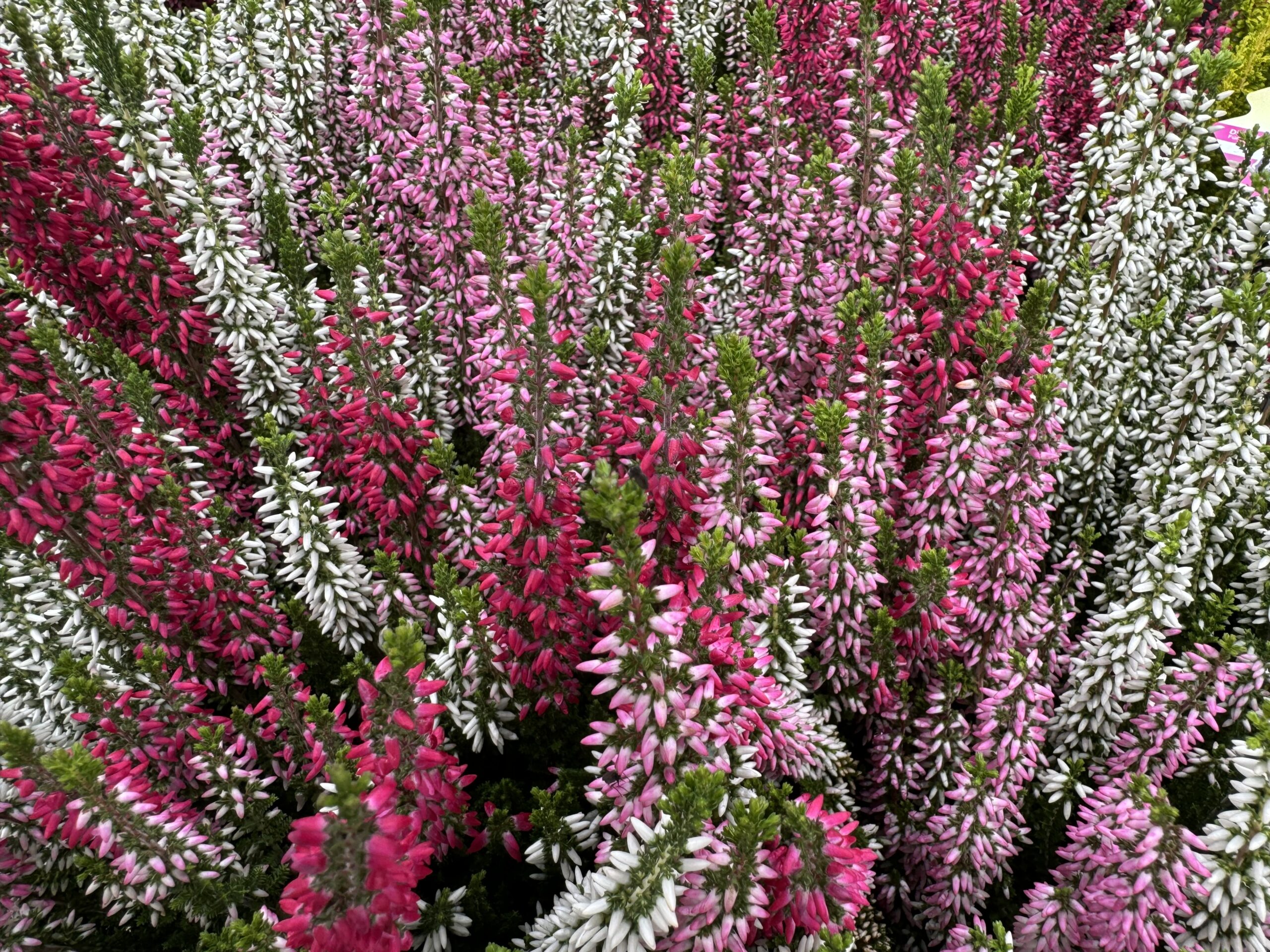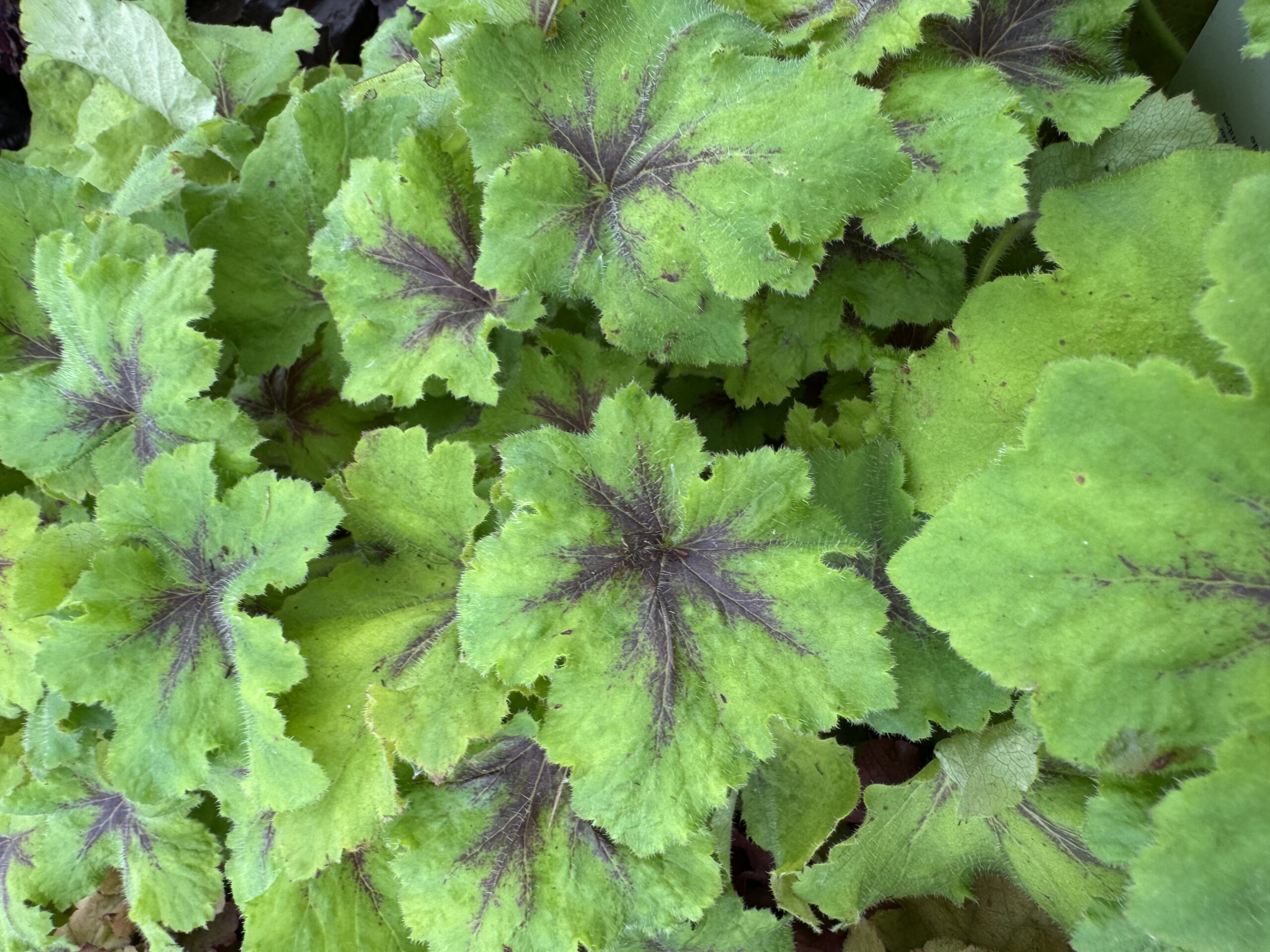It’s a busy month, the leaves are turning to rich shades of gold, red and orange and it’s time to gather in the last harvest from your summer crops, prepare your garden for winter and start that all-important planning for spring.


October is a great month for gardening. Our staff are always happy to help. We have everything you need for your garden this autumn, so visit us and see what’s in store!
Garden Centre
| MONDAY | 09:00 - 17:30 |
| TUESDAY | 09:00 - 17:30 |
| WEDNESDAY | 09:00 - 17:30 |
| THURSDAY | 09:00 - 17:30 |
| FRIDAY | 09:00 - 17:30 |
| SATURDAY | 09:00 - 17:30 |
| SUNDAY | 09:00 - 16:30 |
The Garden Restaurant
| MONDAY | 09:00 - 17:00 |
| TUESDAY | 09:00 - 17:00 |
| WEDNESDAY | 09:00 - 17:00 |
| THURSDAY | 09:00 - 17:00 |
| FRIDAY | 09:00 - 17:00 |
| SATURDAY | 09:00 - 17:00 |
| SUNDAY | 09:00 - 16:30 |
Garden Centre open for browsing only on Sunday until 10:00
Telephone: 01243 756175
Email: customerservice@brickkilngardencentre.co.uk
Bognor Road, Chichester, West Sussex, PO20 1EJ